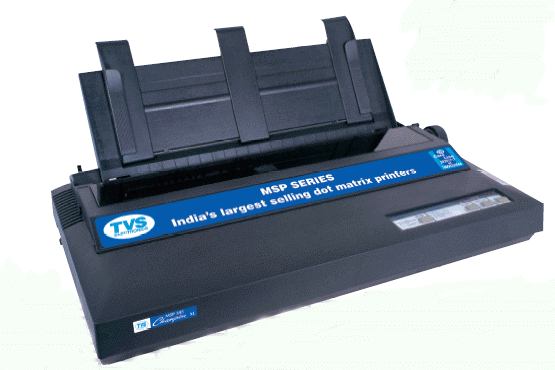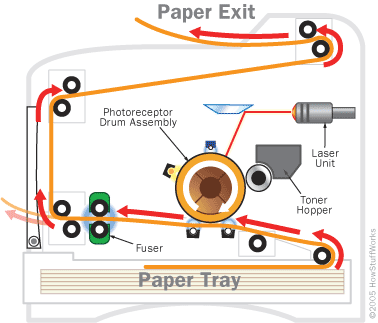RFID means Radio Frequency Identification.
RFID reader is used to read RFD signals.
Generally we can say that RFID and barcode has same applications. They are used to store details of a particular thing or product.
RFID system consists of an antenna and a receiver, which reads Radio Frequency and transfer into processing device and the transponder or tag which is an integrated circuit containing Radio Frequency circuit and information to be transmitted. The details are stored in this IC.
Tags can carry information about,
- Pet owner name and address
- Cleaning instructions on sweater
- Auto manufactures use RFID system to move cars through an assembly line.
Difference between RFID and Bar code
In RFID, line-of-sight contact is not needed for reading. While in Bar code, line-of-sight is must.
RFID can done scanning at a greater distance more than 90 feet.













































